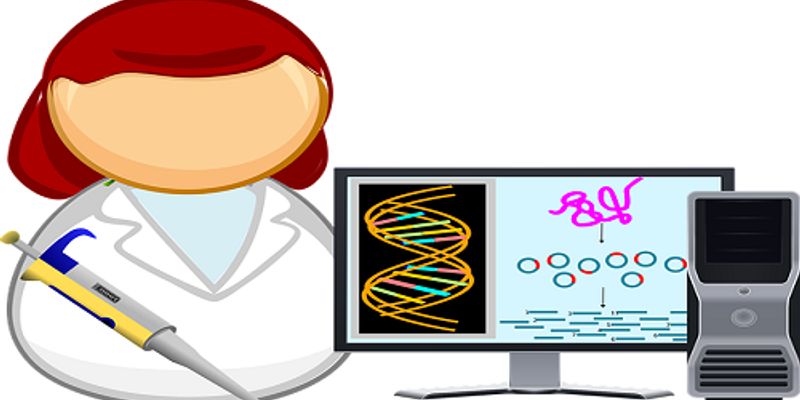Molecular Diagnostics
Molecular Diagnostics: Molecular diagnostic tests detect specific sequences in DNA or RNA that may or may not be associated with disease, including single nucleotide polymorphism (SNP), deletions, rearrangements, insertions and others. By analysing the specifics of the patient and their disease, molecular diagnostics offers the prospect of personalized medicine. These tests are useful in a range of medical specialisms, including infectious disease, oncology, human leucocyte antigen typing, coagulation, and pharmacogenomics-the genetic prediction of which drugs will work best.
-
Decades of innovation have brought us into a new era of mass spectrometry with the design of Agilent’s revolutionary Triple Quadrupole LC/MS. Ultivo is packed full of the same power and...Speaker: Julie Cichelli, PhD
With significant decrease in the cost of sequencing in numerous commercial as well as cancer center–driven initiatives, genomic profiling is increasingly becoming routine across multipl...
Speaker:
Bing Zhou, PhD
As the diagnostic test menu has increased in size and complexity, healthcare providers are in great need of advice on appropriate test selection and result interpretation. To address this nee...
Speaker:
Michael Laposata, MD, PhD
Sepsis is the Achilles’ heel of health care. Despite being relatively unknown to the public, it is a top killer in hospitals and the cost burden is crushing to our healthcare system. Mo...
NOV 08, 2018 | 9:00 AM
DATE: November 8, 2018TIME: 9:00AM PDTAnnual epidemics of influenza place a substantial burden on the health of people in the United States. CDC estimates that influenza has...
OCT 30, 2018 | 9:00 AM
DATE: October 30, 2018TIME: 9:00AM PSTMass spectrometry-based proteomics is a rapidly growing area of research that provides useful information for many fields including basi...
Speaker:
Sandra Spencer - Ph.D. Analytical Chemistry, BS Chemistry, minor Mathematics, BS Biochemistry, minor Spanish
OCT 17, 2018 | 9:00 AM
DATE: October 17, 2018TIME: 09:00am PT, 11:00pm CT, 12:00pm, ET Each patient case request can vary in what is required to make a diagnosis by the pathologist.Many times, the patholog...
OCT 16, 2018 | 7:00 AM
DATE: October 16, 2018TIME: 7:00am PDT, 10:00am EDT In today’s healthcare environment, leaders are increasingly asked to demonstrate value in terms...
Recent work has identified epigenomic features of distal regulatory elements to be dynamic and defining indicators of cellular specification and transformation. Of particular relevance is our...
Speaker:
Martin Hirst, PhD
As the most common female malignancy, breast cancer is the most likely reason that a woman will die of cancer around the world. Breast cancer mortality has dropped in the U.S. by 35% since 19...
Speaker:
Benjamin Anderson, MD
Although targeted therapies often elicit profound initial patient responses, these effects are transient due to residual disease leading to acquired resistance. How tumors transition between...
Lung cancer is the leading cause of cancer-related mortality worldwide. Large-scale sequencing studies have revealed the complex genomic landscape of NSCLC and genomic differences between lun...
Speaker:
Nicholas McGranahan, PhD
























